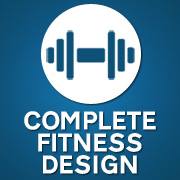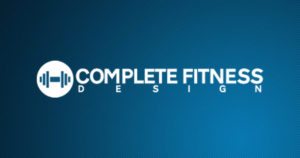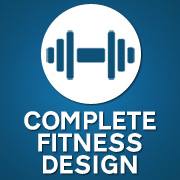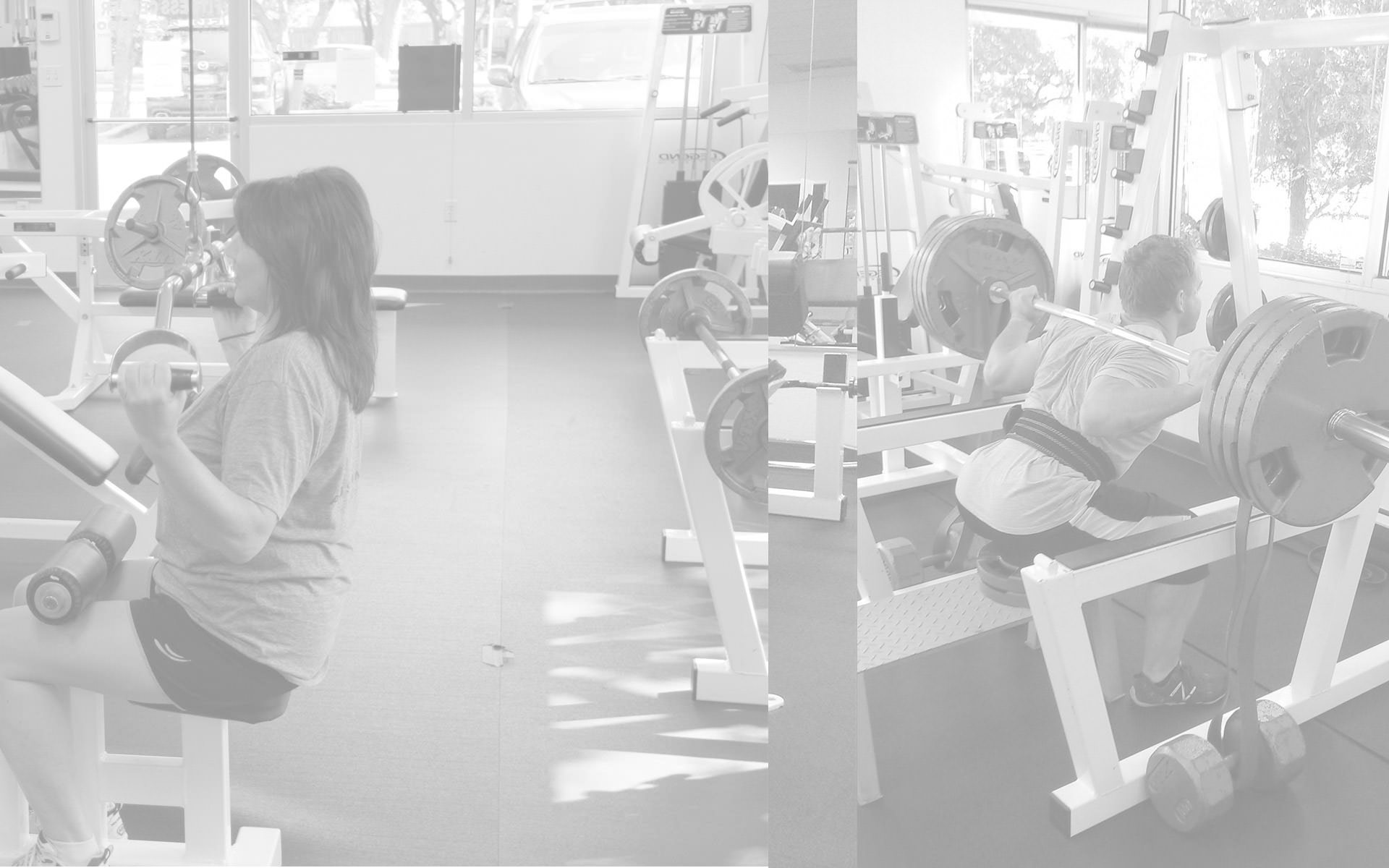The Best Way To Stretch
Everyone, and I mean everyone, has some sort of imbalance or tightness in their body. It could be anything from a tight hip flexor, a knee that’s not tracking properly because of a tight quadricep muscle, a tight levator scapulae, and so on, but there’s going to be something. As a longtime Austin personal trainer who addresses these imbalances and remedies them, I’m often asked what is the best way to stretch, as you obviously can’t live on the massage table in my office.
The best way to stretch is naturally going to be dependent upon what ails you. There are also many different types of stretches one can do, ranging from static stretches, to isometric, PNF, ballistic, active, passive, and dynamic stretches. As you can imagine, it can get rather complicated, but what I try to do with the client is to simplify the matter, and that starts with recognizing what the origin of the problem is. If you tell me you low back hurts when you stand for prolonged periods of time and you’ve never had any previous medical conditions diagnosed or injuries sustained, I’m not going to rush over and try and fix your low back directly. In that scenario, I’m likely to be looking at the tightness of your gluteals, hip flexors, piriformis muscles, etc. I’ll also be looking at the hamstrings, the strength of the abdominals, and so on. Once I can pinpoint what the cause of the imbalance is, only then can we rectify the situation.
The best stretch for someone with low back pain, as in the aforementioned scenario above, is not likely to be any single stretch, but rather a multitude of different stretches targeting different muscles. The best way to stretch out a low back problem that isn’t serious, is usually gluteal stretches such as the pigeon pose, some hamstring stretches, IT band stretches, as well as psoas stretches. How we go about stretching those muscles is going to depend upon the severity of the imbalance, amongst other things. It may involve me doing myofascial release techniques directly on the client, or we may employ passive stretches wherein the client gently holds some simple stretches. Conversely, PNF stretching, or proprioceptive neuromuscular facilitation, may be what is required in some instances. PNF stretching is a technique wherein the stretching of a specific muscle or region is combined with contraction, or engagement of that same muscle or area.
Irregardless of what the best way to stretch for your ailment is, the most overlooked and under performed component of recovery, in my experience, is the client doing basic follow up stretching for maintenance between sessions with me. Those type of stretches that I assign as homework, so to speak, vary from static stretches, to myofascial release on a lacrosse ball, to isometric stretching, which entails the stretched muscle to be gently resisting the stretch through engagement and flexion, etc. No matter how loose I can make the muscle in my chair, or on the massage table in my office, you must follow up with gentle stretching to slow down the acceleration of the muscle returning to it’s tight and imbalanced state. This holds especially true for when we are dealing with imbalances caused by repetitive stress.
Whatever the best way to stretch ends up being for you and your affliction, the most important thing is to immediately recognize the cause of the issue so you may properly address it. If you are stretching your calves in an effort to relieve low back pain while excluding psoas stretches, you aren’t causing any harm, per say, but you’re also not doing much to fix the problem. Conversely, if it’s a low back issue as previously described and you are focused solely on stretching the low back as opposed to what is tightening the low back, you aren’t likely to cause any further damage, but at the same time, you’re just spinning your wheels and not doing as much as possible to fix the problem. If you know what’s wrong, don’t simply put a band aid on the problem, but rather do what is necessary to remedy it.
Andy is a top notch trainer for fitness novices to seasoned body builders. He has a breadth of knowledge matched only by very few in the fitness industry today.

Andy

Latest posts by Andy (see all)
- Workout Motivation: How To Get Motivated To Work Out - March 9, 2022
- Body Fat Types: Subcutaneous and Visceral Fats - June 1, 2019
- Why Diets Work If You Stick With Them - April 1, 2019






